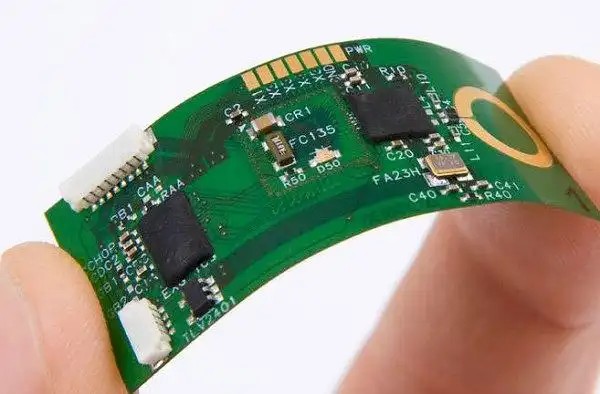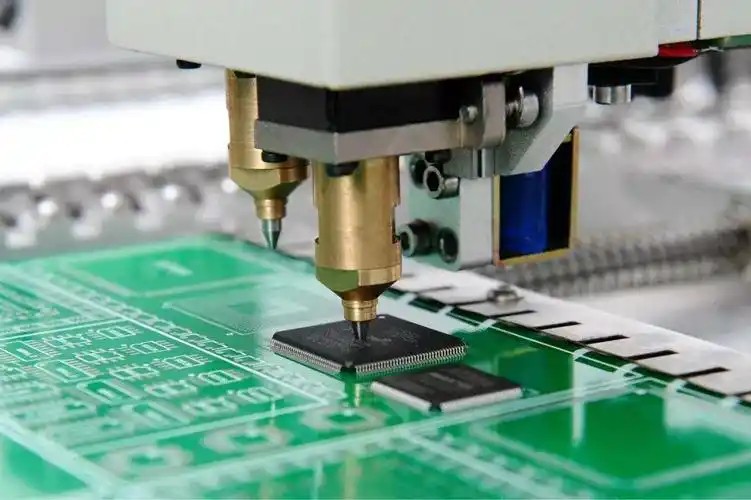Understanding PCB Board Warping: Causes and Effective Solutions
Date:2024-11-06 09:48:34
PCB board warping is a common issue in electronics manufacturing, affecting everything from SMT component placement to solder joint quality. Warping can lead to poor contact between components and solder points, cutting challenges, and soldering issues. Let’s explore the causes of PCB warping and the practical methods for both prevention and treatment.
Causes of PCB Warping
Substrate Materials and Processing Factors
PCB warping often originates from the base material, such as copper-clad boards, which may deform due to moisture, heat, or chemical exposure. During PCB manufacturing, thermal stress, chemical reactions, and improper handling can exacerbate this issue, leading to warping.Storage Conditions
Moisture Absorption: Copper-clad boards, especially single-sided ones, absorb moisture from the environment, increasing the risk of warping. To prevent this, store copper-clad boards in a controlled environment with low humidity.
Improper Storage Methods: Vertical stacking or placing heavy objects on the boards can also distort them. Ensure boards are stored flat and without heavy items on top.
Circuit Design and Processing Errors
Unbalanced Circuit Patterns: An asymmetrical circuit layout with large areas of copper foil on one side can create internal stress, causing the PCB to warp.
High Processing Temperatures: Excessive heat during manufacturing, such as from hot air soldering, can lead to board deformation. To mitigate this, use a grid pattern for large copper foil areas to reduce stress.
Substrate Stress and Chemical Exposure During Processing
Multiple heating, drying, and chemical processes in PCB manufacturing, such as etching, plating, and UV curing, can induce stress in the substrate. Stress-relieving measures, such as baking the substrate, help prevent warping by relaxing the internal tensions within the board.Wave Soldering Effects
High soldering temperatures during wave soldering can further warp the substrate. PCB manufacturers should work with assembly factories to control soldering conditions.
Preventive Measures for PCB Warping
Controlled Baking of Substrate
Many pcb board manufacturers recommend a baking process before PCB assembly to relieve stress within the copper-clad board. Baking at temperatures near the glass transition point of the substrate relaxes internal stress, reducing the likelihood of warping. Large PCB factories may use ovens for bulk baking, while smaller ones can pre-cut substrates and apply light pressure to keep them flat.Temperature and Time Adjustments
Baking times and temperatures vary by substrate type (e.g., FR-4 or paper substrates). For example:Paper Substrates: 110–130°C
FR-4 Substrates: 130–150°C
Testing and adjusting these parameters help prevent discoloration and ensure optimal stress relaxation.
Methods for Leveling Warped PCB Boards
In-Process Leveling with Roller Levelers
During pcb board manufacturing, identifying and leveling warped boards with a roller leveler before the next production stage can significantly reduce final warpage.Cold Pressing for Finished Boards
For completed boards with noticeable warping, some manufacturers use cold or hot pressing techniques. While cold pressing can be less effective and may lead to rebound, hot pressing (if managed carefully) can improve flatness but must be controlled to prevent damage to the substrate or components.Bow Mold Hot Pressing Method
The bow mold hot pressing technique is particularly effective for persistent warping issues. This involves clamping the PCB into a custom bow-shaped mold and then applying heat to gradually relieve stress:Step 1: Place the PCB in the mold with a slight counter-bend against the warp.
Step 2: Bake at a controlled temperature near the substrate’s glass transition point to allow the substrate’s polymer chains to relax.
Step 3: Let the board cool in the mold, maintaining a flat shape after stress relaxation.
This method provides lasting results with minimal risk of rebound and is efficient for handling multiple boards simultaneously.
Conclusion:
Warping is a significant concern for PCB board manufacturers, affecting both yield and delivery timelines. By implementing preventive measures and using effective leveling techniques like the bow mold hot pressing method, manufacturers can improve the quality of PCBs and meet production schedules more reliably.


